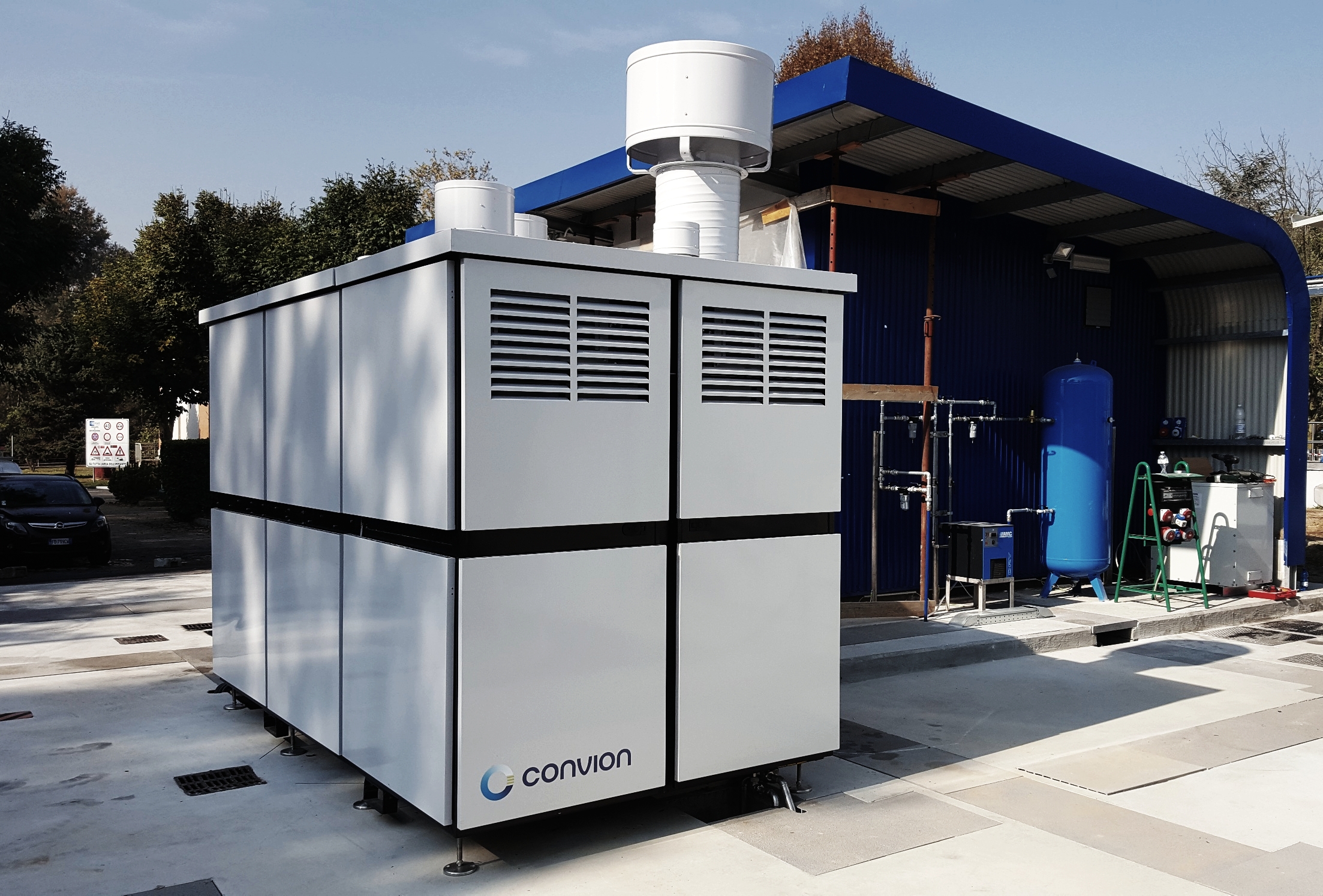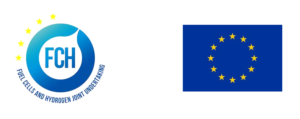Convion has started operating a biogas fuelled C50 SOFC system in Italy. The start-up marks a launch of a demonstration of Convion’s fuel flexible C50 SOFC co-generation unit at an industrial biogas installation and an important milestone along the path of commercialization of the product. After a successful trial operation of the module in Finland and completion of site installation at Collegno waste water treatment plant of SMAT, the unit started producing power and heat for the plant’s own consumption. The installation is the largest solid oxide fuel cell plant in the world fueled by biogas directly.

The installation is part of a European project called DEMOSOFC. The project showcases a state-of-the-art implementation of SOFC fuel cells in a replicable application of waste water treatment. Cleaning of waste water is an energy intensive municipal function in communities of all sizes and it is critical to well-being of people and the environment. Capturing the energy value of the waste can significantly contribute to energy independence and carbon emission targets of cities and provides a dependable source of energy for the facilities’ critical functions. SOFC produces zero local emissions of particulates, NOx, SOx, CO or hydrocarbon and does not therefore impair urban air quality.
The Collegno waste water treatment plant is a medium sized facility serving a population of approximately 180 000. As part of the waste water treatment process, organic matter is digested by an anaerobic, microbial process producing biogas with approximately 60-65% methane content. Converting the gas to power and heat directly maximizes the local resources value, minimizes losses of transportation and eliminates a need to upgrade the biogas to biomethane compatible to pipeline transmission.
The site installation and integration to the wastewater treatment plant is a joint effort by Politecnico di Torino, the project co-ordinator, Convion, the fuel cell provider, and SMAT, the owner of the facility in Collegno. Local utilization of biogas at the plant by a well-integrated fuel cell CHP generator offsets approximately 30% of grid-purchased electrical power. Yet, recovered waste heat from SOFC’s exhaust is sufficient to provide all of the heating necessary for the waste treatment process. Own power generation in a microgrid improves the plants energy independence and operational resilience. By its size and functionality, the DEMOSOFC plant is unique in the world.
Convion is a technology leader in medium-to-large SOFC systems and has a long history and unparalleled experience in using biogases of varying qualities directly in fuel cell systems. Fuel flexible SOFC generators are a key technology for unlocking vast, yet underutilized potential of sustainable waste bioenergy in sub-megawatt power range. Convion SOFC outperforms conventional generating technologies at this scale by a factor of 1.5 to 2 in electrical power production. Together with autonomous operation capability, modularity and long maintenance intervals, Convion SOFC offers game changing benefits for adopting a resource-smart circular economy approach in small scale installations.

The project consortium will organize an open workshop in Turin on the November 14th, 2017, offering an exceptional opportunity to visit the plant and discover the technology in detail. Please, see the program and sign up at the project web site.
The DEMOSOFC project has received funding from the Fuel Cells and Hydrogen Joint Undertaking under grant agreement No 671470. Other partners of the project are VTT, a research center of Finland, and Imperial College of London, contributing to the goals of the project by technical, environmental and economic analyses.

